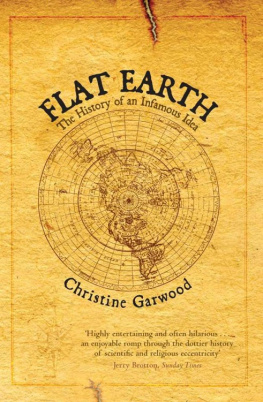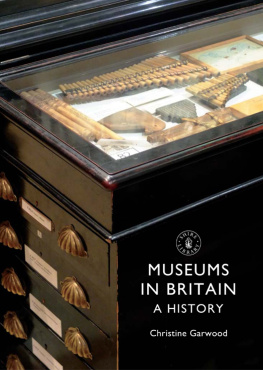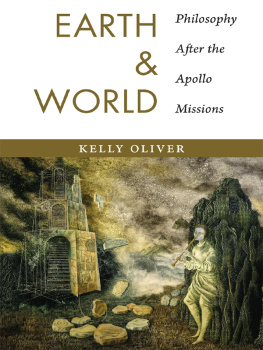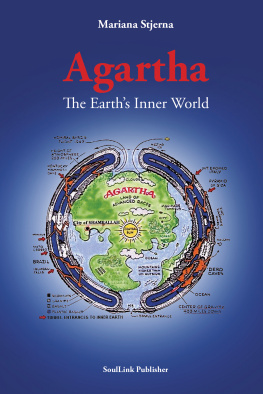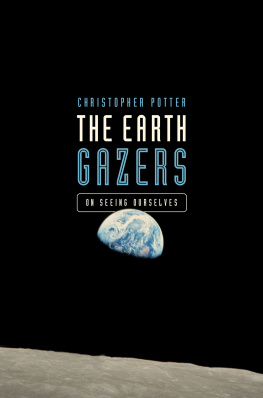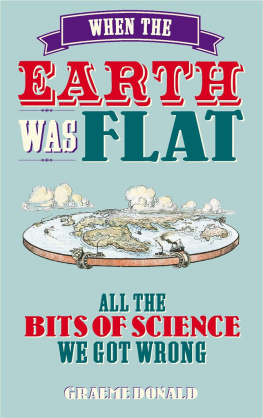
PAN BOOKS
This book is dedicated to
the founder of zetetic astronomy,
Samuel Birley Rowbotham, a.k.a. Parallax (181684),
his one-time adversary
Alfred Russel Wallace (18231913)
and pioneering researcher and long-time writer in the field
Robert J. Schadewald (19432000)
Tis strange, but true; for truth is always strange;
Stranger than fiction: if it could be told,
How much would novels gain by the exchange!
BYRON,
Don Juan , Canto 14, Stanza CI, 8013
Create a belief in the theory and the facts will create themselves.
JOSEPH JASTROW,
Wish and Wisdom: Episodes in the Vagaries of Belief (1935)
Quixotism is a folly when the energy which might have achieved conquests over misery and wrong, if rightly applied, is wasted fighting windmills.
PARALLAX [Samuel Birley Rowbotham],
Zetetic Astronomy: Earth not a Globe! (1881)
A little Learning is a dangrous Thing;
Drink deep, or taste not the Pierian Spring:
There shallow Draughts intoxicate the Brain,
And drinking largely sobers us again.
ALEXANDER POPE,
An Essay on Criticism (1711)
Contents
Acknowledgements
The making of this book has been a story in itself. Along this winding road, I have amassed many debts of gratitude, too many to mention but none forgotten, and I am happy to have the opportunity to detail some of these finally in print.
Among many such debts, my first is to the numerous librarians and archivists who have answered my sometimes peculiar research enquiries with a straight face and further assistance in the shape of photocopies from some of the most unexplored corners of their collections. Among the most generous with their time and resources have been Andy Sawyer, Claire Lyng and Lucie Barnes at the University of Liverpool, Robin Rider and staff at the University of Madison-Wisconsin, Mary Flagg and Linda Baier at the University of New Brunswick, Apollonia Steele and Marlys Chevrefils at the University of Calgary, Melissa Conway, Darian Davies and Mary Jones at the University of California, Riverside, Mary Chibnall at the Royal Astronomical Society, Adam Perkins at the University of Cambridge, Jonathan Harrison at St Johns College, Cambridge, Stella Brecknell at Oxford University Museum of Natural History, Carol Ruesch of Zion Historical Society, Allender Sybert of Maryland Genealogical Society, Jean Hankins of Otisfield Historical Society and Roy Bailey and members of the John Hampden Society. In addition, I am extremely grateful to Robert Gibbs and the Alden Nowlan Estate, the estates of George Orwell, George Bernard Shaw and G. K. Chesterton, the Royal Geographical Society, the University of Liverpool, the British Library, the Bodleian Library, Oxford, the University of New Brunswick, the University of Calgary, the University of California, Riverside, the University of Wisconsin-Madison, Maine Historical Society, Oxford University Museum of Natural History, the Syndics of Cambridge University Library, and the Particle Physics and Astronomy Research Council for permission to quote from various correspondence held in their collections.
Besides this invaluable research assistance, I have also received financial support from several educational institutions and grant-giving bodies. In particular I would like to thank Tom Garver and the Friends of the Library of the University of Wisconsin-Madison, the Authors Foundation, the Open University and the Andrew W. Mellon Foundation for funding my research and employment at various points. I am also indebted to William H. Brock, Chris Chilvers, Steve Cloutier and Ronald L. Numbers for reading and commenting on the manuscript and to my anonymous referees for their helpful advice. Special thanks are also due to James R. Moore, without whom this book would not have been written.
Meanwhile, in the publishing world, Im grateful to Kate Harvey and Georgina Morley at Macmillan, and my agent, Peter Tallack at Conville and Walsh, for their patience, editorial skills and belief in the book. Chief among the many others who have provided encouragement, inspiration and assistance in numerous ways are Roger Balfour, Andy Barnes, Matt Barnes, Peter Bartrip, Janet Brian, Ian Cramp, Tim Coley, Paul Collins, Ian Firla, Michael Shere-Gill, James Gregory, Mary Hopper, Martin Hughes, Alan James, Tony Jasper, Dave Jones, Aaron and Lucy Kaplan, Marie King, Michael Lovett, Robin Mackie, Helen McBurnie, Jo McDermott, Francis Neary, Claire Ormandy, Ian Parrish, Leslie Price, Hazel Sampson, Chris Smith, James Sumner, John and Dee Vint, Richard and Audrey Wallace, and Nigel Warburton. Especial gratitude is due to Sir Walter Blount, Ann Coltman, Felicity Coltman, Leo Ferrari, Raymond Fraser and Wendy Schadewald for their personal insights and feedback on chapters, and to Paul Cox for all he has done. Finally I would like to pay testament to my parents, Bruce and Kathleen Garwood. My greatest debt is to them.
PICTURE ACKNOWLEDGEMENTS
Copyright the estate of Dik Browne courtesy of Allsorts Media.
Prologue
THE COLUMBUS BLUNDER

In fourteen hundred and ninety-two,
Columbus sailed the ocean blue.
He took three ships with him, too,
And called aboard his faithful crew.
Mighty, strong and brave was he
As he sailed across the open sea.
Some people still thought the world was flat!
Can you even imagine that?
Traditional childrens poem
IN 1919, SCHOOLCHILDREN in classrooms across America opened a new book. Entitled The Boys and Girls Reader , the illustrated volume by prolific childrens author, Emma Miller Bolenius, was aimed at schoolchildren aged nine to twelve. In true fairytale fashion, it began with a vision. Books are the windows through which the soul looks out, the children were told, and browsing the Reader would be like climbing a winding staircase in a great tower, peering out of a different arched window with every step that they took. From this otherworldly turret, Bolenius asserted, the children would be treated to many different views of the world; images of strange countries and great heroes beyond everyday experience but real none the less.
From Home and Neighbourhood, to the Great Outdoors and the Workaday World, the window book was a reading programme with special recommendations for days of the year. Among them, the guideline for 12 October, Columbus Day in the United States, was especially relevant to the presentation of sweeping world-views. On this date, Bolenius suggested, classes should turn to an account of Americas discovery by Christopher Columbus in 1492. A popular topic for nineteenth-century authors eager to tell tales of great men of exploration and science, the version chosen by Bolenius was taken from Alphonse de Lamartines swashbuckling hero-history, Life of Columbus , published in 1853. To emphasize Columbuss achievements, she added a preface to the account for the benefit of her young readers:
When Columbus lived, people thought that the earth was flat. They believed the Atlantic Ocean to be filled with monsters large enough to devour their ships, and with fearful waterfalls over which their frail vessels would plunge to destruction. Columbus had to fight these foolish beliefs in order to get men to sail with him. He felt sure that the earth was round. He believed that by sailing westward he would find a short cut to India. The French people have always admired courage. Here a French writer, Lamartine, pays tribute to courage of spirit which is even greater than physical courage. As you read, look for the various ways in which Columbus showed his greatness...
Next page
